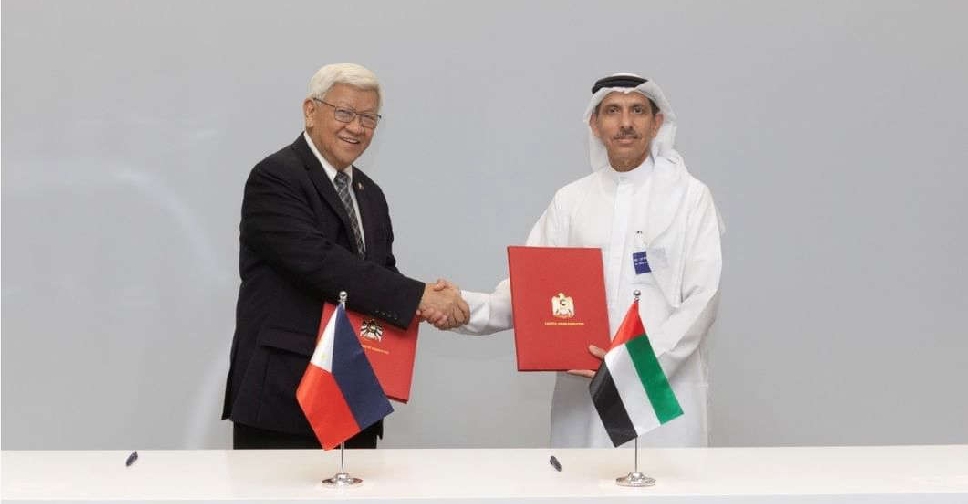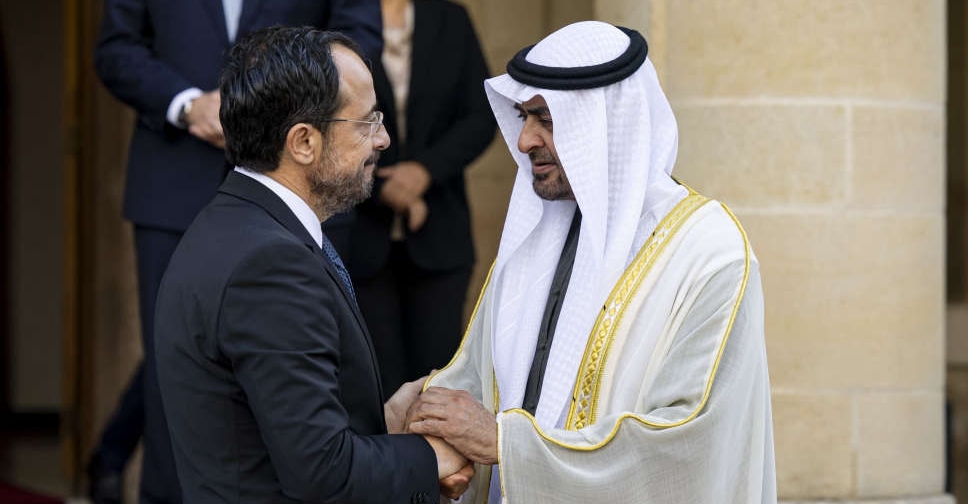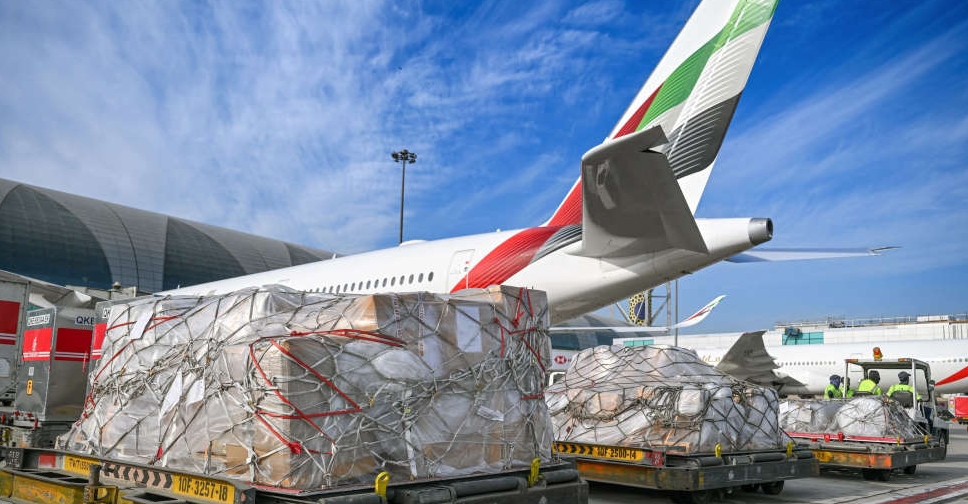
The worst commodity slump in a generation has a silver lining for India’s state-run energy explorer. Oil & Natural Gas Corp. predicts exploration costs will drop a fifth as fees for rigs and vessels moderate after businesses including BP Plc and Royal Dutch Shell Plc curbed outlays. That could mean a saving of 49 billion rupees ($749 million) on planned exploration spending of 245 billion rupees in the year through March 2016, Bloomberg calculations based on company estimates show. “This is the only saving grace in the low oil-price regime,” ONGC’s Director Offshore Tapas Kumar Sengupta, who gave the estimate of a 20% drop in expenses, said in an interview in New Delhi. “We’ve awarded contracts for about 20 vessels and received a record 150 bids. We’ve placed orders at about half the earlier rates.” The biggest explorer in Asia’s third-largest economy is betting that its highest capital expenditure in at least six years will pay off once oil prices revive. In contrast, the near halving of Brent crude costs in the past year has led global majors such as BP and Royal Dutch Shell to cut billions of dollars from spending budgets. “One’s pain is another’s gain,” said Abhishek Kumar, senior energy and modeling analyst at Interfax Energy’s Global Gas Analytics in London. “ONGC should utilise these services on its ongoing projects as much as it can and capitalise on new projects once oil prices recover. This is a strategy common among government-run companies globally.” ONGC plans 362.5 billion rupees of capital expenditure in the 12 months that began April 1, and some two-thirds of that figure is earmarked for exploration, company filings and presentations show. Net income rose 14% to 54.6 billion rupees in the three months ended June 30. ENERGY SECURITY The shares are down38 % in the past year, compared with a 2.5% climb in the S&P BSE Sensex index. Brent crude, a global benchmark, has declined 44% over the period to about $51 per barrel. Indian Prime Minister Narendra Modi has made energy security a priority for a nation that imports the bulk of its oil. Production has declined in fields accounting for almost three-quarters of ONGC’s output, adding pressure on the company to find new reserves. ONGC intends to spend 11 trillion rupees by 2030 to raise output. It’s seeking about 30 drilling vessels, including five deep-water rigs, Sengupta said in the Sept. 23 interview. Whether commodity prices will recover anytime soon is a vexed question. A persistent global glut of crude has prompted banks including Citigroup Inc. to predict further declines, with Goldman Sachs Group Inc. warning oil may drop to as low as $20 a barrel. For investor Jim Rogers, oil withstanding bearish news recently is a sign that prices are poised to recover. Oil companies have deferred more than $200 billion worth of projects globally over the past 15 months, according to consultant Wood Mackenzie Ltd. BP reduced its spending forecast for this year to less than $20 billion after investing about $23 billion in 2014. Royal Dutch Shell is cutting 6,500 jobs and plans to lower spending by $7 billion. US-based explorers have idled more than half the country’s rigs since last October. Charter rates for the most advanced drilling vessels dropped to below $300,000 a day from as high as $650,000 in the middle of 2013, Oslo-based Pareto Securities AS estimates. "We’re trying our best to optimise expenses for all ongoing projects to make them viable,” Sengupta said. (By Debjit Chakraborty and Abhishek Shanker/Bloomberg)

 UAE, Philippines agree on additional flight rights
UAE, Philippines agree on additional flight rights
 Dubai launches nationwide campaign to combat economic fraud
Dubai launches nationwide campaign to combat economic fraud
 DP World launches 36-hour Dubai-Iraq sea link
DP World launches 36-hour Dubai-Iraq sea link
 Parkin expands into Abu Dhabi under partnership with DAMAC
Parkin expands into Abu Dhabi under partnership with DAMAC
 Dubai hosts Sustainable Bio International Forum
Dubai hosts Sustainable Bio International Forum




